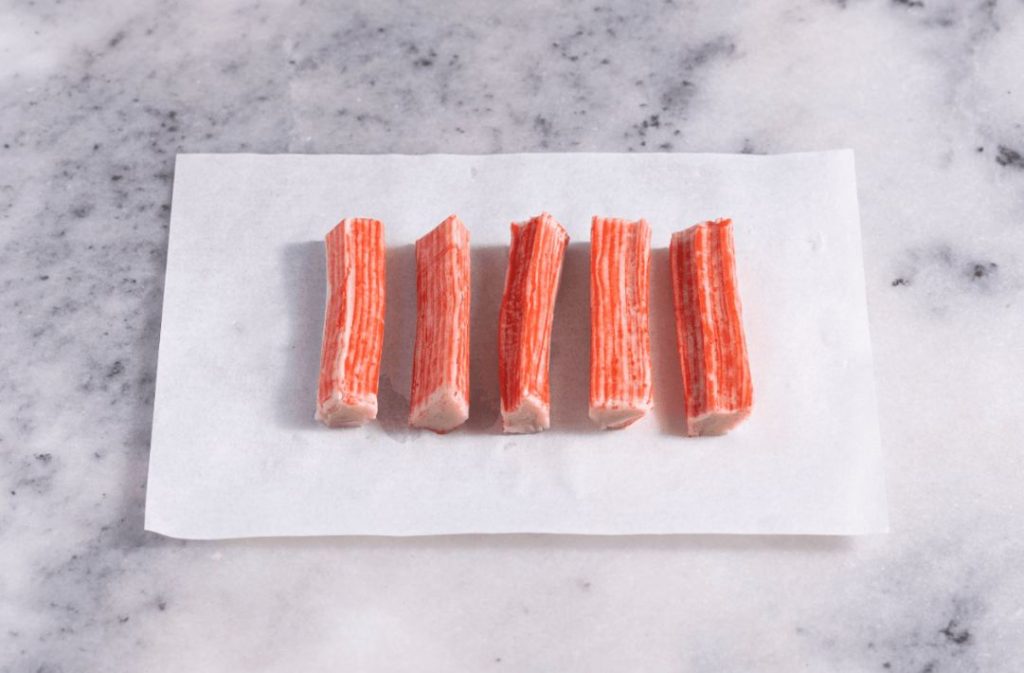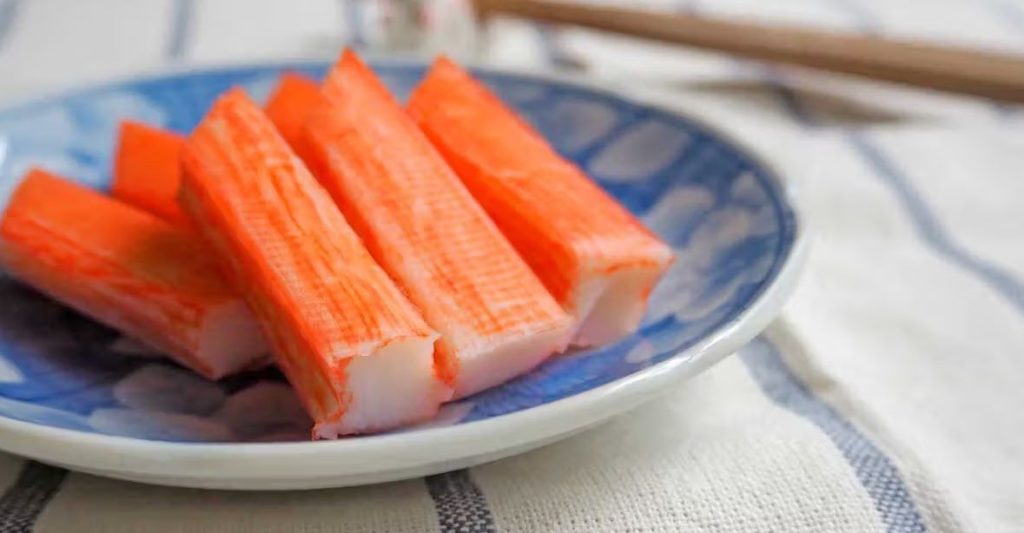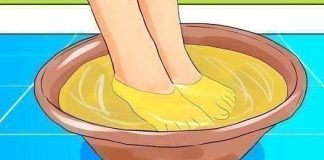Crab sticks also known as imitation crab are widely used in salads, sushi, and seafood dishes. Despite their name, many are surprised to learn they contain little or no actual crab meat. Understanding what’s really inside can help you make more informed decisions about nutrition, food quality, and health implications.
What Exactly Are Crab Sticks?
Imitation crab sticks are typically made from a paste called “surimi.” This paste is created by grinding one or more types of firm white fish (often pollock or whiting) until a smooth, gel-like consistency forms. The surimi is then mixed with various additives to mimic the flavor, texture, color, and smell of real crab.
To get the signature appearance, food colorings (commonly red or orange hues) are applied, along with flavorings like crab extract or shellfish essence, to recreate that “seafood” taste.

Common Additives and Fillers
To turn surimi into what looks and feels like crab, manufacturers incorporate several other ingredients:
- Starches and thickeners (such as wheat starch, tapioca, or potato starch) help bind the mixture.
- Egg whites or proteins are sometimes added to give structure and firmness.
- Oils and fats (often vegetable-based) contribute to mouthfeel and richness.
- Sugars and salts enhance flavor and balance.
- Preservatives, stabilizers, and emulsifiers (like sorbitol or carrageenan) extend shelf life, prevent separation, and maintain texture.
- Coloring agents produce the familiar red or orange edges, since the interior tends to remain pale.
- Many of these extra components are generally regarded as safe in small amounts, but they do shift crab sticks away from being a simple, clean product.
Nutritional Profile and Comparisons
Because crab sticks are largely processed, their nutritional value differs significantly from that of whole seafood. They tend to be lower in protein quality than real crab meat and can contain more carbohydrates or fillers. Some brands may also include sodium content or added sugars to enhance flavor.
On the positive side, imitation crab is usually lower in fat and less expensive. It offers a more affordable seafood-like option, but the tradeoff is in purity and nutritional density.
Health Concerns and Allergies
One of the primary concerns is allergic reaction. Even though crab sticks often lack real crab, some may still contain shellfish extracts, so those with shellfish allergies should be cautious.
Processing and additives introduce additional considerations: for individuals sensitive to gluten, wheat starch can be problematic; for others, additives like carrageenan or particular preservatives may provoke digestive discomfort or sensitivity reactions.
The manufacturing process may also degrade some nutrients or expose components to contaminants like microplastics or residual chemicals if standards are lax. That said, reputable producers tend to follow safety protocols to minimize risks.
How to Choose Higher-Quality Options
If you decide to include imitation crab in your diet, here are tips to select better versions:
- Read labels carefully. Look for fewer ingredients and avoid long lists of additives, especially unfamiliar chemicals.
- Choose brands that specify the species of fish used and avoid those listing only vague “white fish.”
- Opt for products labeled gluten-free if you have sensitivities.
- Check for certifications or quality seals that imply stricter ingredient standards.
- Purchase from trusted sources with known food safety practices.

Conclusion
Where possible, real crab meat is the superior choice—higher in protein, minerals, and natural flavor without excessive additives. You can use it in salads, stews, or sushi. Even canned or pasteurized crab can offer better nutritional profiles.
If cost or availability is an issue, choose fish-based alternatives such as chunks of white fish or cooked shrimp, which may provide more purity than imitation crab sticks.

















